April 2, 2018
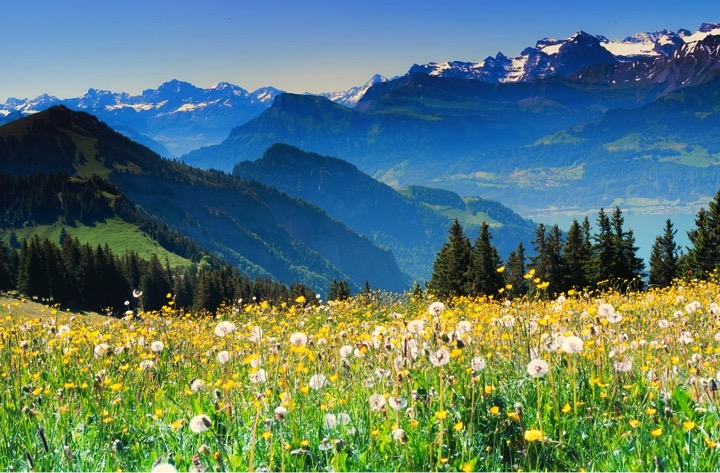
Matterhorn in the Switzerland Alps is the most popular and redolent destination, as it stays away from burly city life and includes a swathe of summer activities. Their complete mountain ranges are in Europe that include Splügen Pass, which forms the Swiss–Italy border between the west and east, and countries like Italy, France, Switzerland, Germany, Austria, and Hungary.
The Swiss Alps is an exotic glacial land inviting people with offering scenic light rails, the Charles Kuonen Suspension Bridge, chalets, museums, castles, toboggan and ski rides, hikes along mountains and villages, lakes, road trips, and jazz festivals. It is a nature-friendly place with mighty mountains straddled with a vast expense of flora and founa, pinnacles, and stunning viewpoints.
The Alpine experience will be great with the best picks of tranquil stay, sightseeing, and adventure spots. Among the bucket list, the most popular backpackers’ destinations are Zermett, Interlaken, Lucerne, Bern, Heidiland, the GoldenPass Line, Mt. Rigi, and St. Moritz.
Zermett
Zermett affords opulent resorts of France–Swiss style, picturesque mountain trails, boutique shops, skiing areas, and cuisines. You will be awestruck with Matterhorn, Gorner Glacier, Rothorn, Charles Kuonen, and Nordend. Matterhorn is an unbeatable place to head on for its best of chalets, mountains, glaciers, and trails. It is a nice place to go for paragliding, mountaineering, and skiing with your family and friends. You will experience the pleasant weather, panoramic views of the gorges, and grazing lands while going for tandem flying. Gorner Glacier is the largest glacier system that offers sublime glacier cave tours and Gornergrat Observatory for magnificent vistas of Matterhorn, Zermatt villages, and the entire Alps.
Interlaken
Interlaken features impressive floral beds, Harder Alpine Park to explore marmots and alpine goats, Lake Thun embraced with a paddle, Touristik Museum, alpine gardens, and Gothic-style small towns. The Garden of Friendship is the first Japanese garden in Switzerland.
Lucerne
Lucerne in the Central Alps makes it easy to go around the surrounding locations in Switzerland. It offers an assortment of sights from bridges, towers, chic towns built in Late Gothic and Italian Renaissance styles, museums, catholic churches, the Lion Monument, and Town Walls. Take a funicular from Lucerne to Interlaken on the GoldenPass Line to have splendid views of mountains, grasslands, villages, and lakes. It is remarkable that the Glacier Garden of Lucerne has been constructed from a glacier pothole of the Ice Age. You will get a jaw-dropping experience at the glacier garden looking at the potholes, a museum, the labyrinth of mirrors, an observatory desk, and the adjacent park.
Heidiland
This land was the focus of the world’s famous Heidi story. While visiting Lake Walen and Sarganserland, you will appreciate the reality of the cartoon show. There are many serene mountains, pristine valleys, pastures, and lakes in this destination. Here, nature lovers and adventurers may enjoy a wide range of summer activities like skiing, hiking, and golfing.
St. Moritz
This is a beautiful location with Olympic spots, glaciers, mountains, forests, Heidi’s hut and the Heidi Flower Trail, galleries, and valleys. You may amble around the shores of Lake Staz and forests leading to Celerina, devour snacks on the walkways, and get on to the alpine village of Sils. In Sils, there are Engandine-style houses, Nietzsche Museum, the delta of Fedozbach, and Fex Valley. The trails through Fex Valley lead to a rustic village of Platta and a chapel.

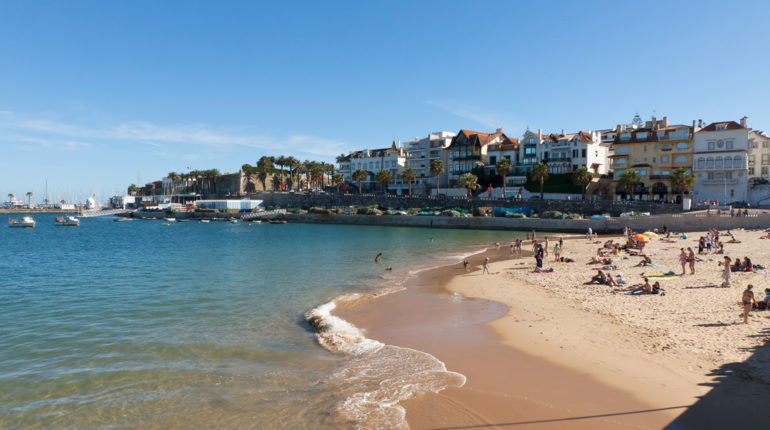
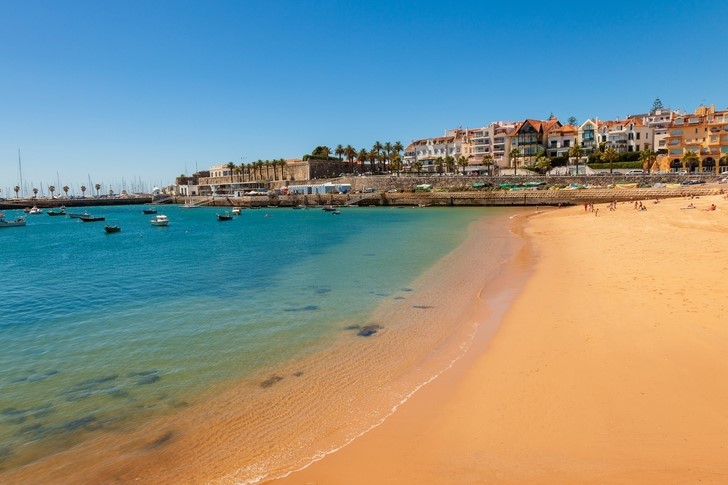
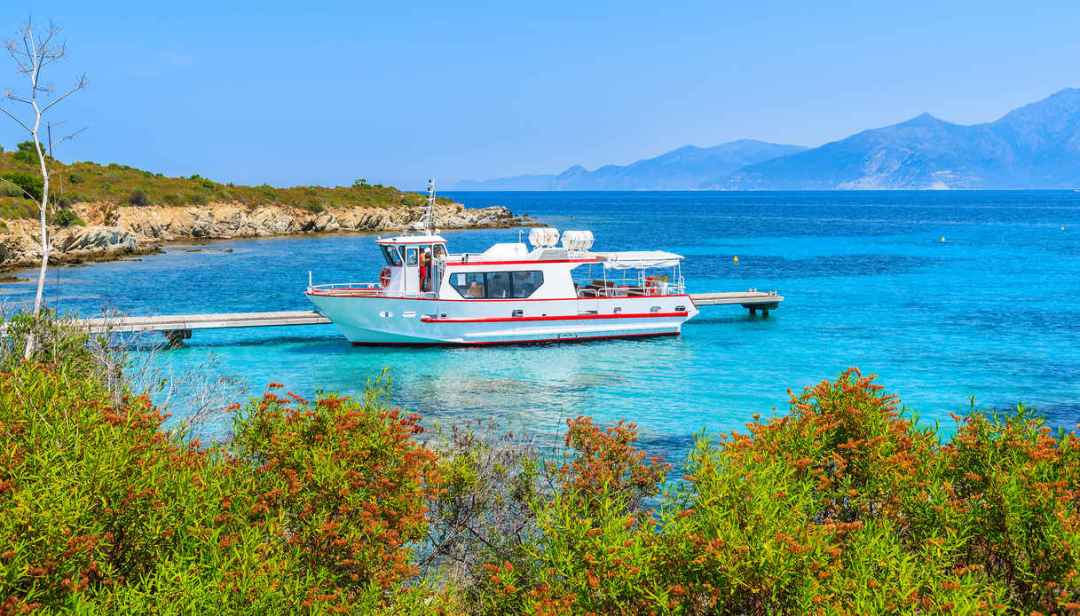
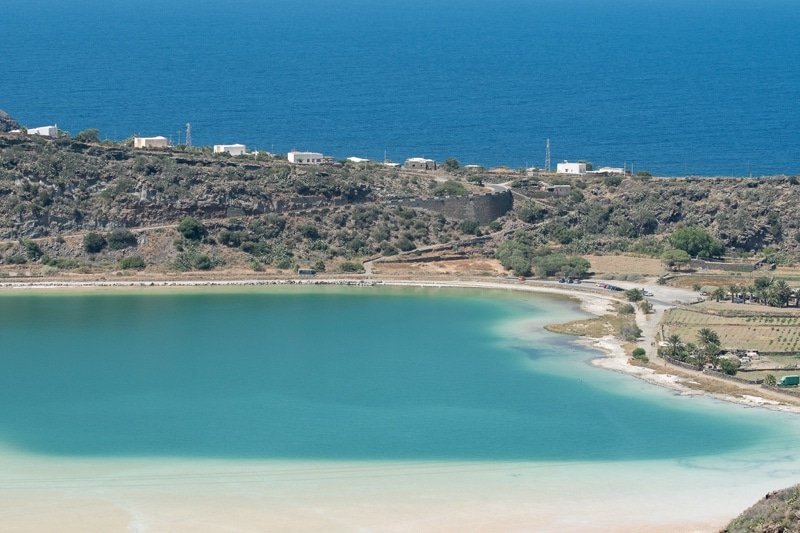
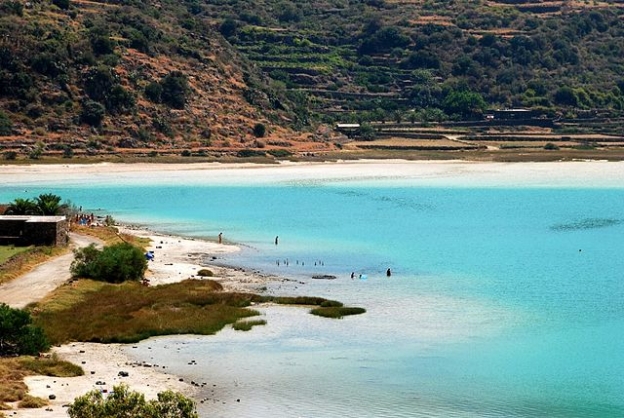
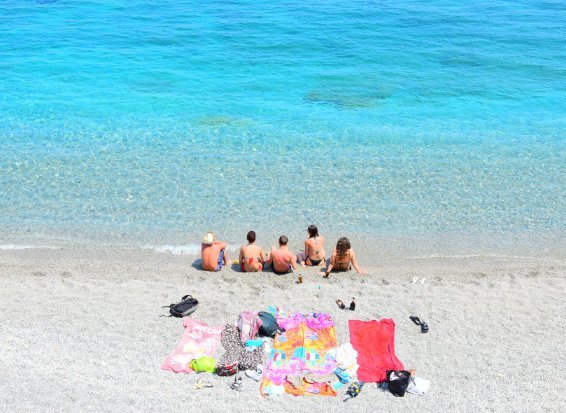
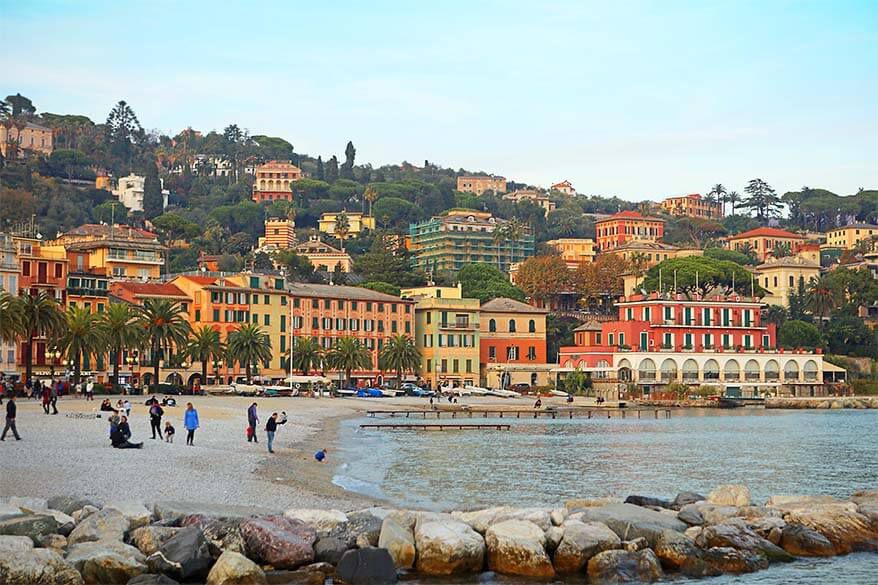
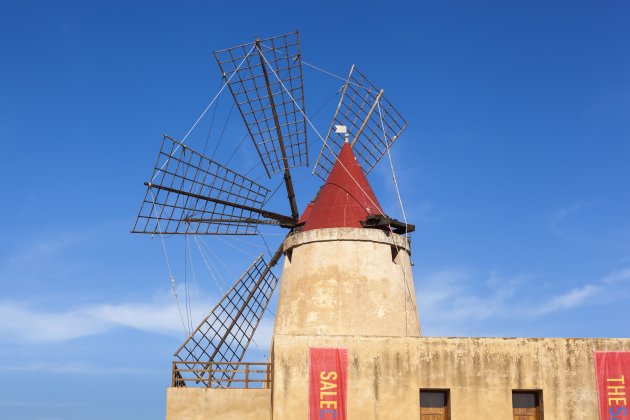
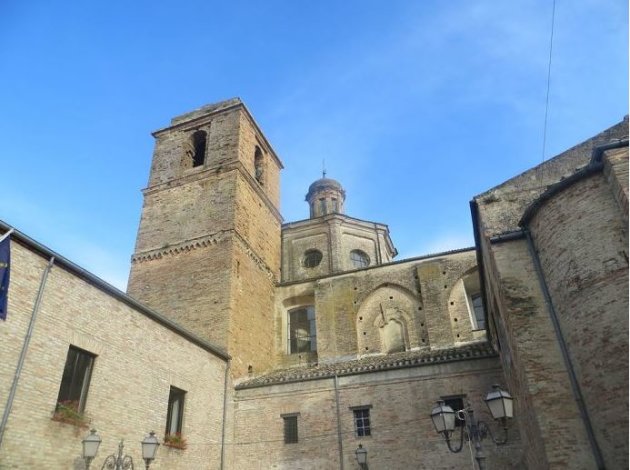 Leave your work and go to live abroad. Where is it? In Città Sant’Angelo, for example. The council started from Forbes , which drew up a ranking of the places where it would be better to stabilize, since they offer a good quality of life at low cost.
Leave your work and go to live abroad. Where is it? In Città Sant’Angelo, for example. The council started from Forbes , which drew up a ranking of the places where it would be better to stabilize, since they offer a good quality of life at low cost. What we use most probably is Google Maps: roaming allowing, around the world it is difficult to do without online maps. Then there are the apps to find accommodation and transport savings. And those with the reviews written by users: very useful not to go blind in places where we have never been before. But of app that can make our relationship with the world less complicated in 2018, there are a lot of them. Just a few clicks, for example, are enough to understand how safe a place is, which is the best way to go from one place to another (which is almost never the fastest), when is the best time to fly to the east (or west) or how to bypass web censorship in countries where it is in place and not only … There are at least 7 free apps for iPhone and Android that are useful for traveling in 2018.
What we use most probably is Google Maps: roaming allowing, around the world it is difficult to do without online maps. Then there are the apps to find accommodation and transport savings. And those with the reviews written by users: very useful not to go blind in places where we have never been before. But of app that can make our relationship with the world less complicated in 2018, there are a lot of them. Just a few clicks, for example, are enough to understand how safe a place is, which is the best way to go from one place to another (which is almost never the fastest), when is the best time to fly to the east (or west) or how to bypass web censorship in countries where it is in place and not only … There are at least 7 free apps for iPhone and Android that are useful for traveling in 2018.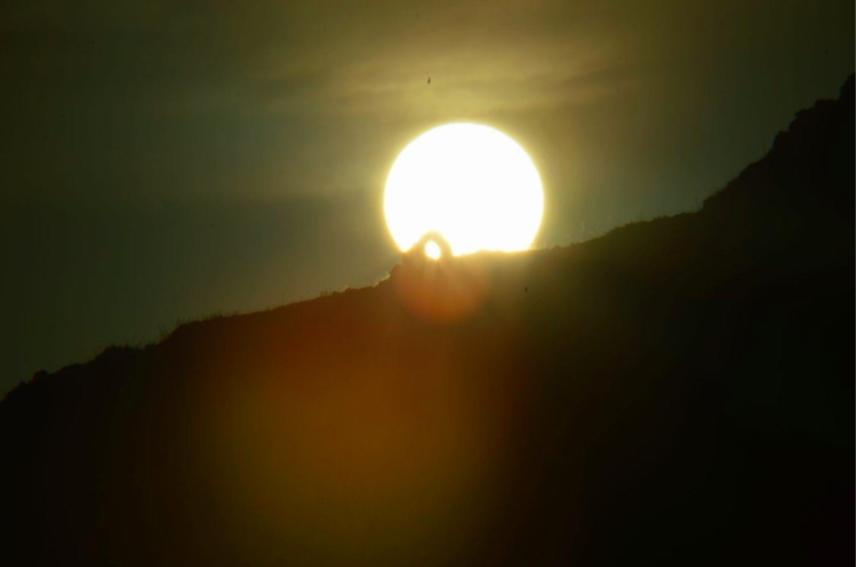 On an anonymous Sicilian rock called “U Campanaro” (the bell ringer), somewhere on Mount Arcivocalotto (in the countryside of San Giuseppe Jato and San Cipirello, in the province of Palermo), for about 5,000 years, every 21 December, the the first ray of the morning sun has slipped silently and very precisely into a specially dug hole without anyone, not even the local mafiosi (usually attentive to what happens on “their” territory), had never noticed.
On an anonymous Sicilian rock called “U Campanaro” (the bell ringer), somewhere on Mount Arcivocalotto (in the countryside of San Giuseppe Jato and San Cipirello, in the province of Palermo), for about 5,000 years, every 21 December, the the first ray of the morning sun has slipped silently and very precisely into a specially dug hole without anyone, not even the local mafiosi (usually attentive to what happens on “their” territory), had never noticed.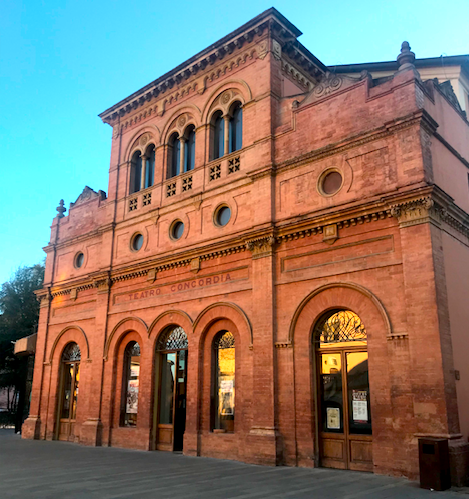 Country you go, gift you find. An iron scissor with two rounds at the ends whose interiors are characterized by noble symbols and letters. It is the waffle plate, “the irons” so this instrument is called to Marsciano. This is the inevitable gift of marriage that received, until the last century, the spouses of this small Umbrian village known for bricks.
Country you go, gift you find. An iron scissor with two rounds at the ends whose interiors are characterized by noble symbols and letters. It is the waffle plate, “the irons” so this instrument is called to Marsciano. This is the inevitable gift of marriage that received, until the last century, the spouses of this small Umbrian village known for bricks.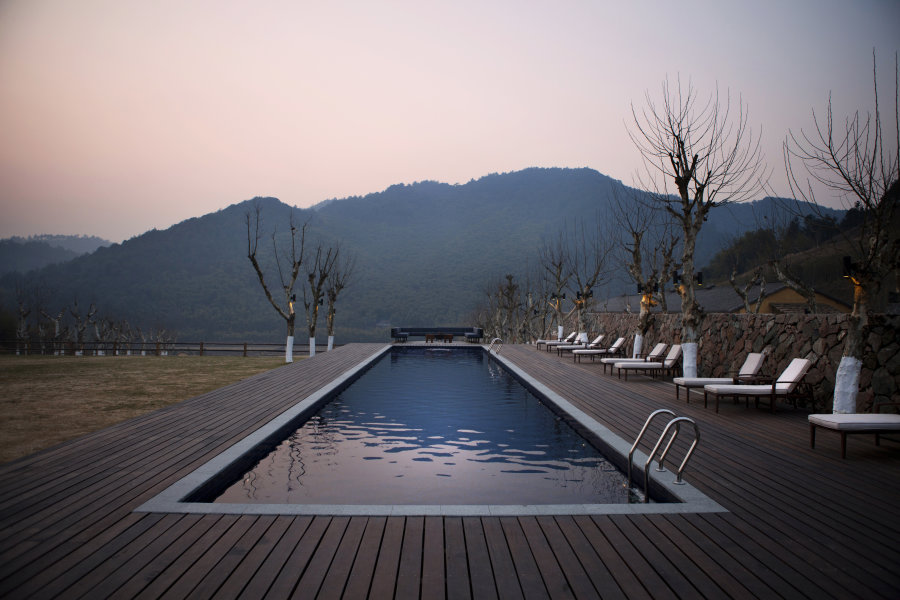 Can you travel from north to south and from east to west of the globe, carrying only a small trolley with you? As impossible as it may seem, Jill Paider succeeded. In fact, this American photographer visited 102 countries , immortalizing the most evocative glimpses of Chile, Bolivia, India, South Africa, Jordan and the other places in which she chose to bring her curiosity. Jill is a professional who has obtained numerous prestigious awards , specializing in design photography, architecture, gastronomy (and travel in general) and publishing several books that collect the most beautiful and fascinating shots of his collection.
Can you travel from north to south and from east to west of the globe, carrying only a small trolley with you? As impossible as it may seem, Jill Paider succeeded. In fact, this American photographer visited 102 countries , immortalizing the most evocative glimpses of Chile, Bolivia, India, South Africa, Jordan and the other places in which she chose to bring her curiosity. Jill is a professional who has obtained numerous prestigious awards , specializing in design photography, architecture, gastronomy (and travel in general) and publishing several books that collect the most beautiful and fascinating shots of his collection.
 Diving in a wreck in Tulamben
Diving in a wreck in Tulamben Avoid clubs in the cities of Kuta and Sanur?
Avoid clubs in the cities of Kuta and Sanur? Arriving in Lombok, Sylvain sees his first cars for two months. But it does not last. We head straight for the village of Senaru, at the foot of the Rinjani, the Lombok volcano, which rises to 3700 meters. Here, there is no question of leaving alone to attack the summit. The path is not very difficult to find, but it is mandatory to be accompanied by a guide. We leave the next day with three other French and one English. Our theory is verified once more: as soon as there is a place back and many pebbles to climb, it is stormed by the French, as in Nepal. This time, we even have porters for tents and food, luxury! Finally, we will realize later that it was not so much luxury that it …
Arriving in Lombok, Sylvain sees his first cars for two months. But it does not last. We head straight for the village of Senaru, at the foot of the Rinjani, the Lombok volcano, which rises to 3700 meters. Here, there is no question of leaving alone to attack the summit. The path is not very difficult to find, but it is mandatory to be accompanied by a guide. We leave the next day with three other French and one English. Our theory is verified once more: as soon as there is a place back and many pebbles to climb, it is stormed by the French, as in Nepal. This time, we even have porters for tents and food, luxury! Finally, we will realize later that it was not so much luxury that it …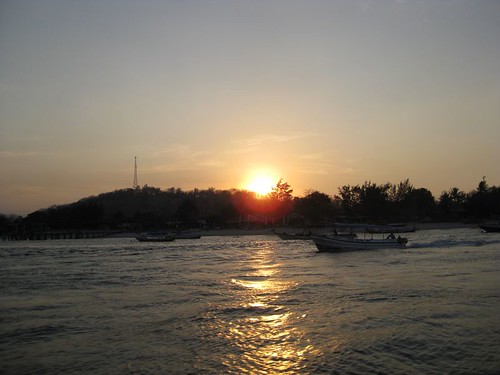 After the dive, everyone meets at Tir Na Nog, the Irish bar of the island. Instructors, DMTs, customers, everyone comes for a drink or a party. It is not always easy to get up the next day to go diving … Although the roosters and the muezzin who begs for prayer at five in the morning help to wake up. After two weeks, Pierre, our Dive Master at Koh Tao joined me at Gili Trawangan. There is a job at another dive center. For the birthdays of the instructors, they organize special evenings. For one, it’s a kind of olympic games on the beach: a human wheelbarrow race in fins, a race in fins holding a lemon in a spoon … For the other, we go to eat the cake of
After the dive, everyone meets at Tir Na Nog, the Irish bar of the island. Instructors, DMTs, customers, everyone comes for a drink or a party. It is not always easy to get up the next day to go diving … Although the roosters and the muezzin who begs for prayer at five in the morning help to wake up. After two weeks, Pierre, our Dive Master at Koh Tao joined me at Gili Trawangan. There is a job at another dive center. For the birthdays of the instructors, they organize special evenings. For one, it’s a kind of olympic games on the beach: a human wheelbarrow race in fins, a race in fins holding a lemon in a spoon … For the other, we go to eat the cake of Welcome to my paradise
Welcome to my paradise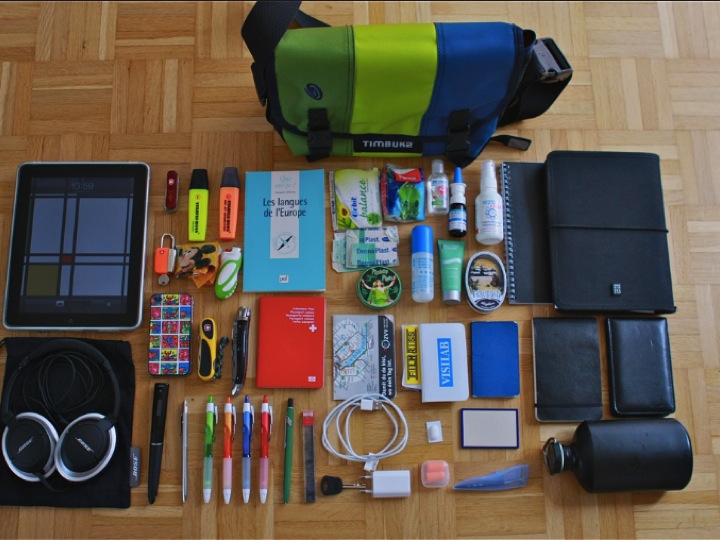
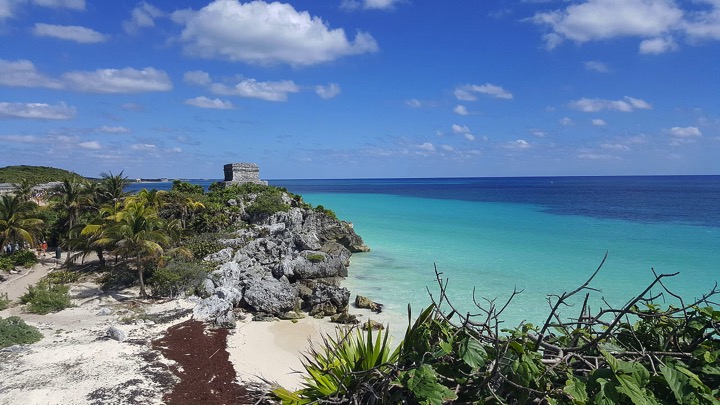
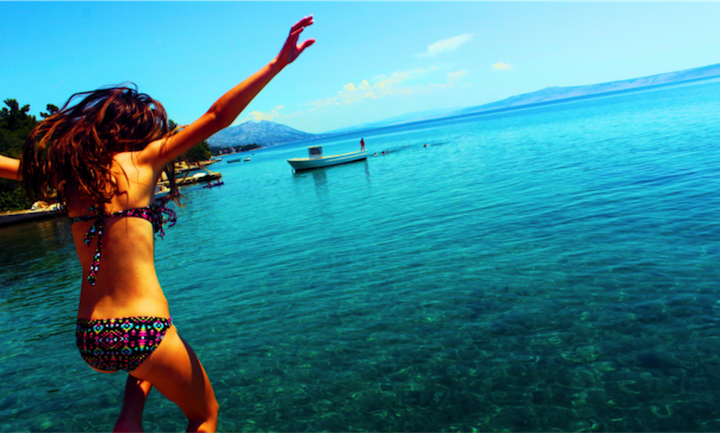
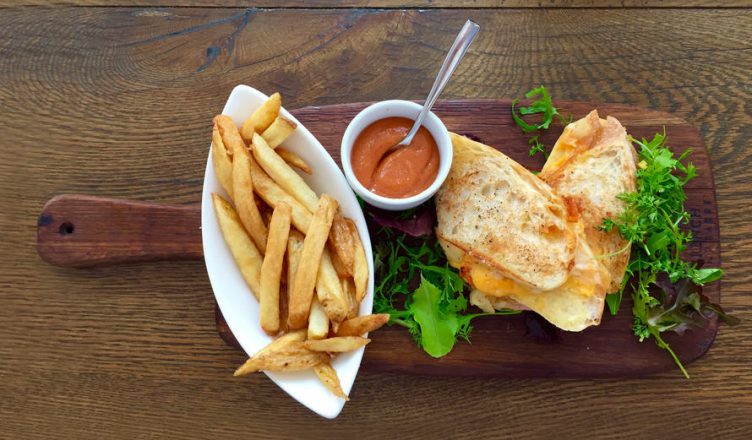 One thing that tourists will agree on, is that the food that is served in Netherland is something that you will not taste anywhere else in the world. This is tasty and really special. Now, many people are wondering why this food is so great tasting and what food you should try when you are visiting the Netherlands. Here is some information about the food in the Netherlands and why their food is so tasty.
One thing that tourists will agree on, is that the food that is served in Netherland is something that you will not taste anywhere else in the world. This is tasty and really special. Now, many people are wondering why this food is so great tasting and what food you should try when you are visiting the Netherlands. Here is some information about the food in the Netherlands and why their food is so tasty.
